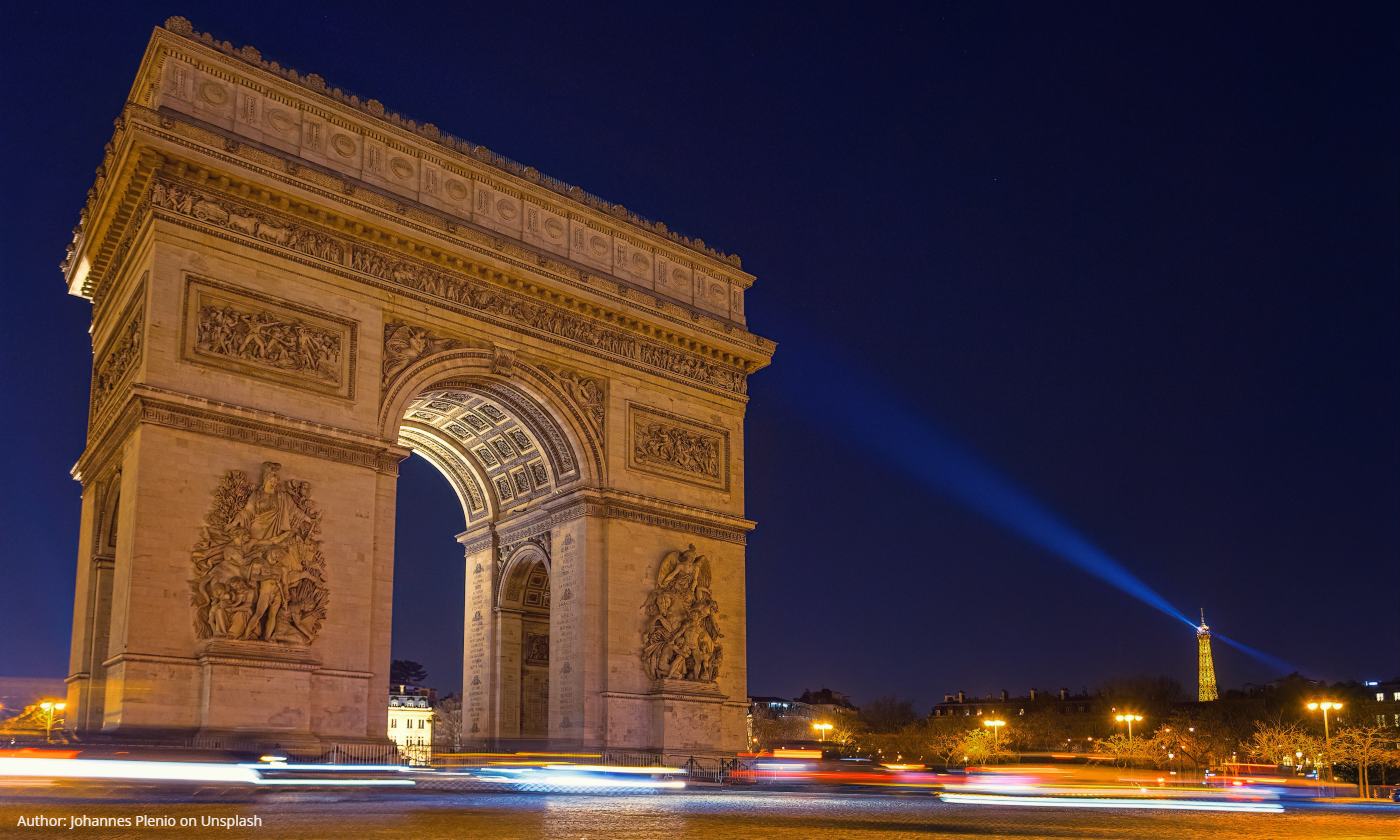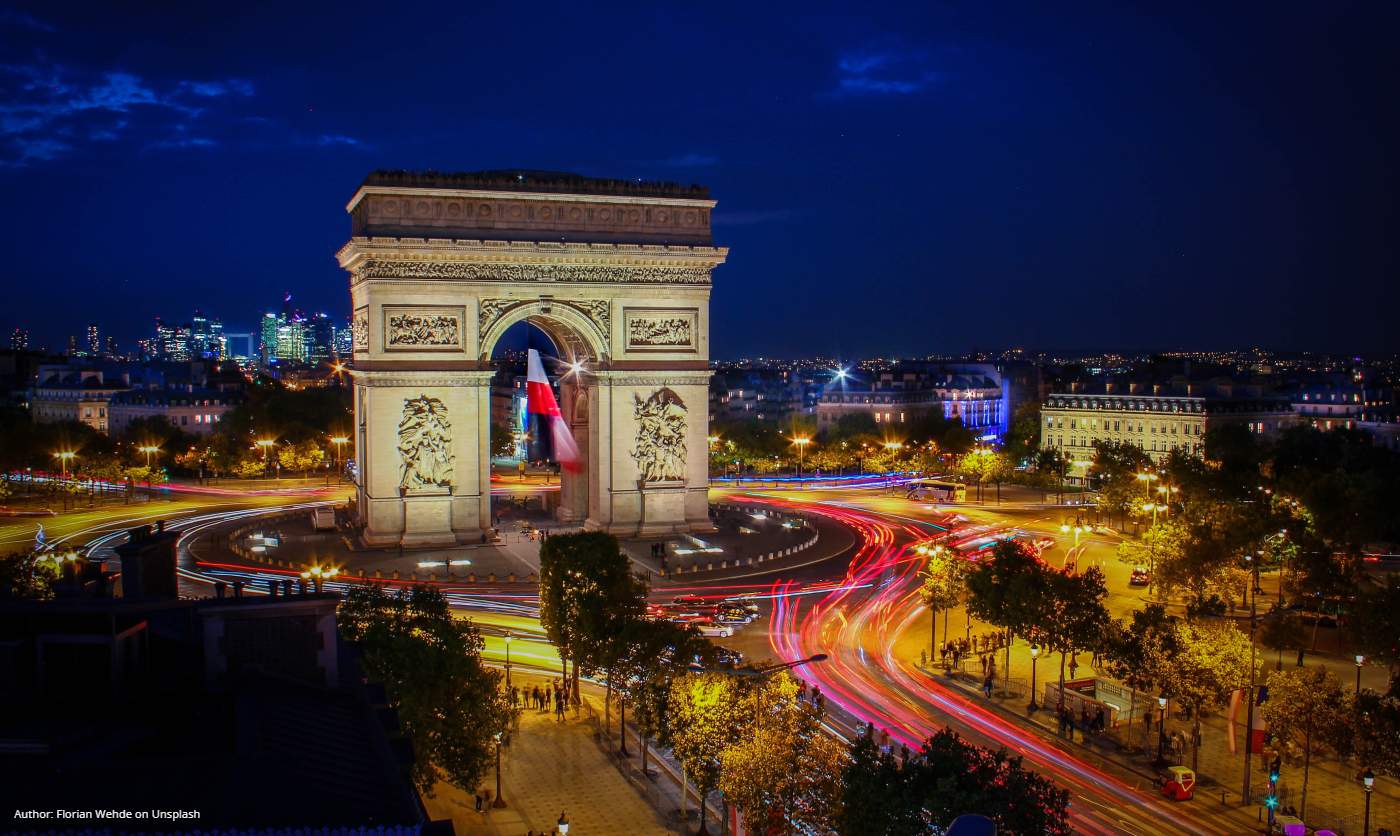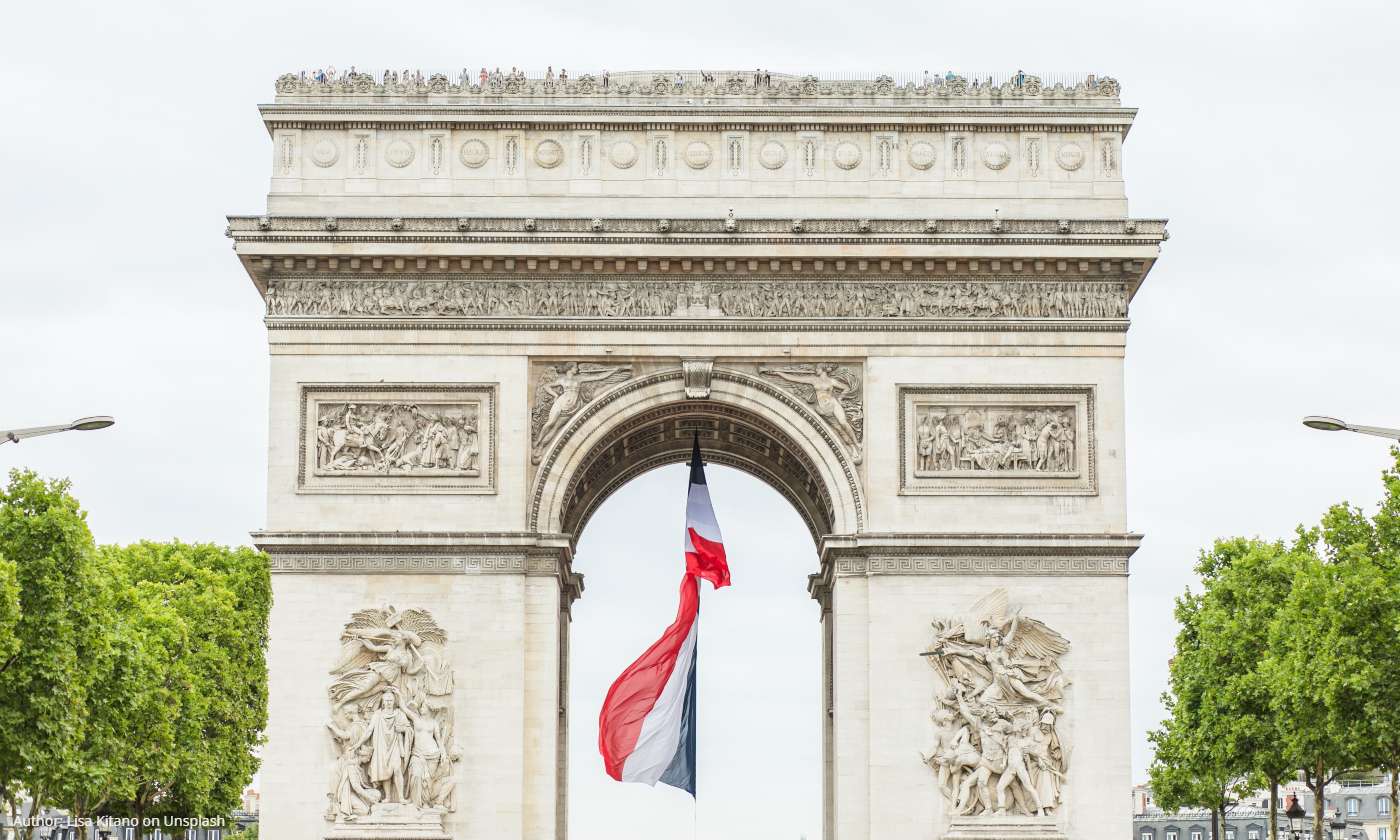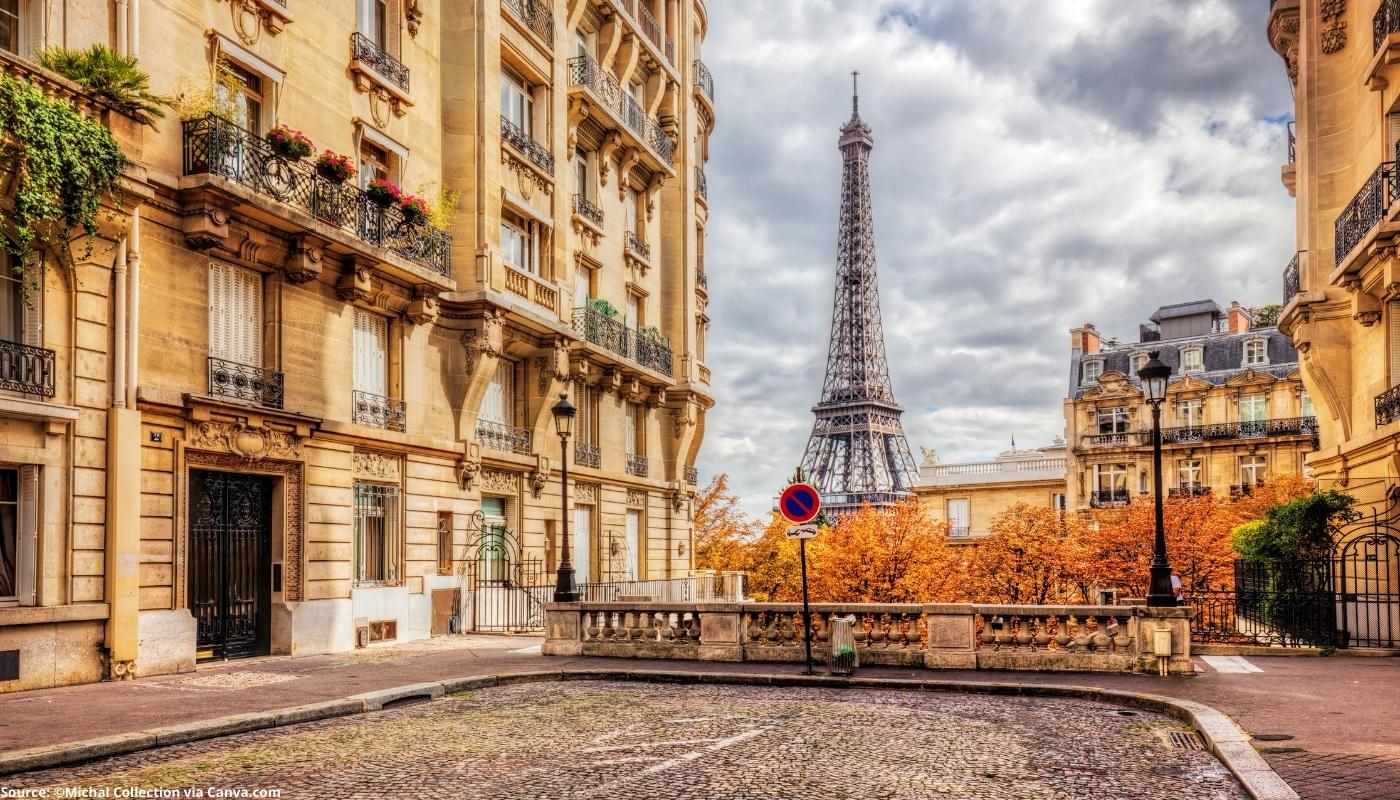Notre Dame de Paris
Share this attraction
Back

Notre Dame de Paris
Paris
Notre Dame de Paris - most important information
Notre Dame cathedral in Paris is a Catholic cathedral from the middle ages, mostly known for its impressive Gothic style. It was consecrated to the Virgin Mary in 1189 and to this day stands as one of the most memorable monuments of French Gothic architecture. It is located at the Parvis Notre-Dame – Place Jean-Paul II square, and the famous Shakespeare and company bookstore is a short walking distance away.
History of the Notre Dame de Paris
It is situated on the grounds of the former Galo-Roman city known by the name Lutetia. The construction began in 1163 under the bishop of Paris, Maurice de Sully, after it was decided that the best course of action was to use the ruins of the basilicas that stood there for years and make it all one big building. After the foundation and high altar were finished, the nave, choir, western facade, chapel, porches, and additional work was done later. One of the most impressive techniques used in the construction came in the 13th century when the 15-meter flying buttress was added to support the walls. The cathedral underwent a few restoration processes, the last one still being in progress after the devastating fire of 2019 destroyed most of the roof and some of its nearby surroundings.
History of the Notre Dame de Paris
It is situated on the grounds of the former Galo-Roman city known by the name Lutetia. The construction began in 1163 under the bishop of Paris, Maurice de Sully, after it was decided that the best course of action was to use the ruins of the basilicas that stood there for years and make it all one big building. After the foundation and high altar were finished, the nave, choir, western facade, chapel, porches, and additional work was done later. One of the most impressive techniques used in the construction came in the 13th century when the 15-meter flying buttress was added to support the walls. The cathedral underwent a few restoration processes, the last one still being in progress after the devastating fire of 2019 destroyed most of the roof and some of its nearby surroundings.
What to see?
When visiting Notre Dame you can just admire its stunning exterior, but the best way to experience it is to go on a guided tour. You will even have the chance to climb the towers. Highlights of Notre Dame de Paris are:
When visiting Notre Dame you can just admire its stunning exterior, but the best way to experience it is to go on a guided tour. You will even have the chance to climb the towers. Highlights of Notre Dame de Paris are:
- West Facade: This facade consists of stone-cut works of art that depict biblical figures and scenes. Most famous are the portals above the doorways called The Portail de Sainte-Anne, The Portail du Jugement Dernier and The Portail de la Vierge. The Portail de Sainte-Anne has a very interesting history, as it was established that it wasn’t made for this cathedral but adapted to fit the style and structure.
- Stained-glass windows: The South Transept Rose Window, the West Front Rose Window and the neo-Gothic Cloister Windows give character to the cathedral
- The Towers: Even though they may look the same at first glance, they are not twin towers. The one made famous by Hugo's book is the North bell tower.
- Archaeological museum: Remains on which the cathedral was constructed are saved and can be seen in a museum underneath it, alongside maps and other findings that explain the history before Notre Dame.
- The sanctuary: Magnificent in every way, it can host 9.000 people. "Les Mays de Notre-Dame'' paintings are a series of 13 paintings displayed around the nave.
- Treasury of Relics: Notre Dame keeps many historical relics important to the Catholic church, most notably the Holy Crown of Thorns.
- Gargoyles: Detailed sculptures placed all over the facade, some decorative and some served as rainwater drains.
Notre Dame tickets and opening hours
- Tickets: You don’t have to pay for the whole visit, but admission to the Tower will cost you 8.50€, and 6€ for the crypt.
- Visitation: Notre Dame is open for visits throughout the week: Monday-Friday 8am-6:45pm and Weekends 8am-7:15pm. It is still unknown when the reconstruction will be finished and all visits are still temporarily closed (as of March 2022).
How to get to the Notre Dame de Paris?
The location won’t cause you any trouble. There are several metro stations in the close vicinity of the cathedral, alongside bus stations. For a fun ride, we even recommend the batobus.
The location won’t cause you any trouble. There are several metro stations in the close vicinity of the cathedral, alongside bus stations. For a fun ride, we even recommend the batobus.
- By metro : Take either 1, 4, 7, 10, 11 or 14. The closest station to Notre Dame cathedral is Cité on the 4 line. Other close by stations are Cluny-La Sorbonne, Châtelet station, Hôtel de Ville, Maubert-Mutualité and Saint-Michel.
- By Batobus: Get off at the Quai de Montebello and you’ll have to walk for about five minutes. Take a right turn onto the Petit Pont - Cardinal Lustiger and then another right at the Parvis Notre-Dame - Pl. Jean-Paul II and the cathedral is less than 4 minutes away.
What should you know before visiting Notre Dame de Paris?
- Best time to visit - Be ready to wait in line, especially during weekends, if you want to go inside. If you are impatient, get yourself a skip-the-line guided tour. Avoid visiting during religious holidays and on weekends, Tuesdays and Wednesdays are less crowded.
- Dress code - It is important to follow a dress code standard for visiting a church. Make sure your shoulders are covered, we suggest bringing a carding or a shawl during the hot summer months.
Notre Dame de Paris trivia
- Talking of restoration, Victor Hugo’s Notre Dame de Paris (1831) was so influential that it inspired major restoration works in 1844-1846.
- Maurice de Sully wanted to rival the Basilica Cathedral of Saint Denis with the construction of the Notre Dame cathedral, but what was done in over 200 years of construction exceeded all expectations.
- The beheadings of the French Revolution weren’t kind to even to the statues, as 28 statues of the biblical kings located at the west facade lost their heads because it was thought they were depicting French kings. The found heads are kept at the Musée de Cluny.
- Napoleon crowned himself in the cathedral in 1804, giving himself the title Emperor of the French.
- It is home to the largest pipe organ in France, with 8000 pipes and 5 keyboards, the oldest surviving wood-timber frames in Paris, and a small hive of bees on the roof.
Location
Learn more about this destination
Discover the beauty of the destination through blogs that highlight the most famous landmarks, hidden gems, and provide travel tips for visiting this destination. Embark on an adventure through the stories of experienced travelers.



























